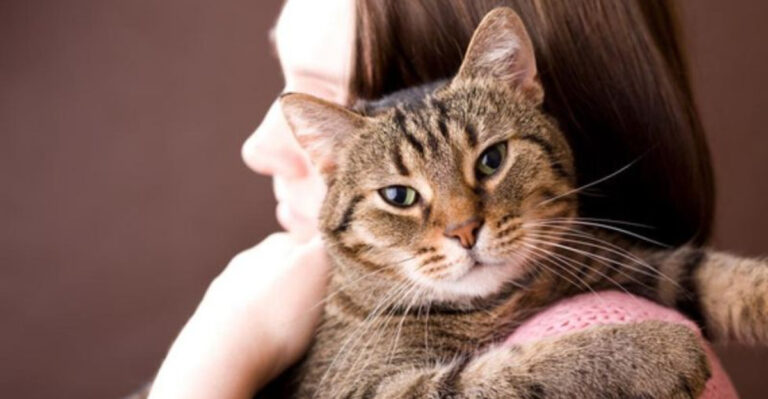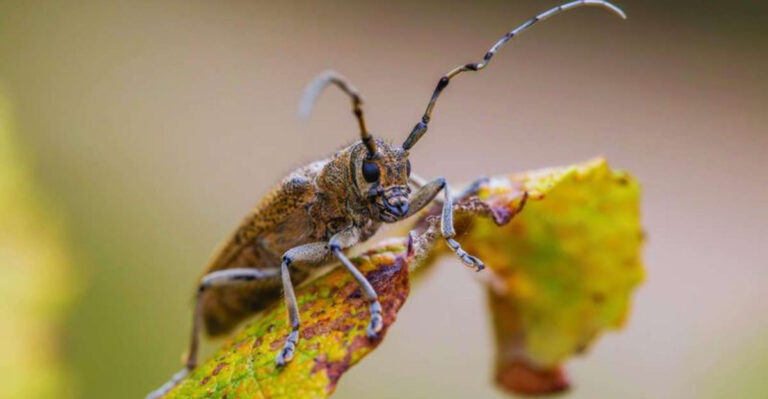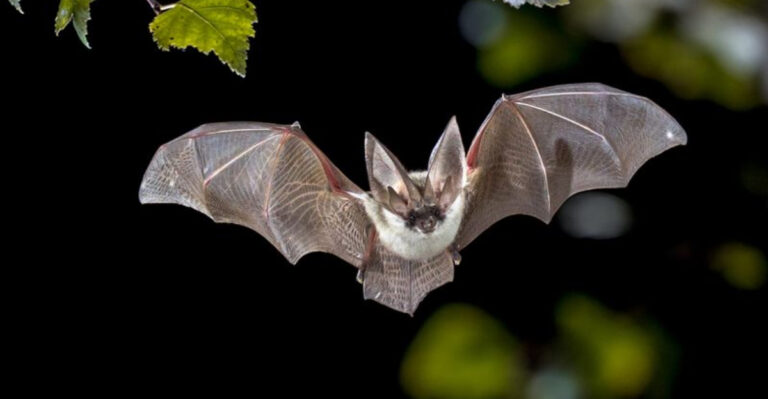How Hot Is Too Hot For Guinea Pigs To Handle?
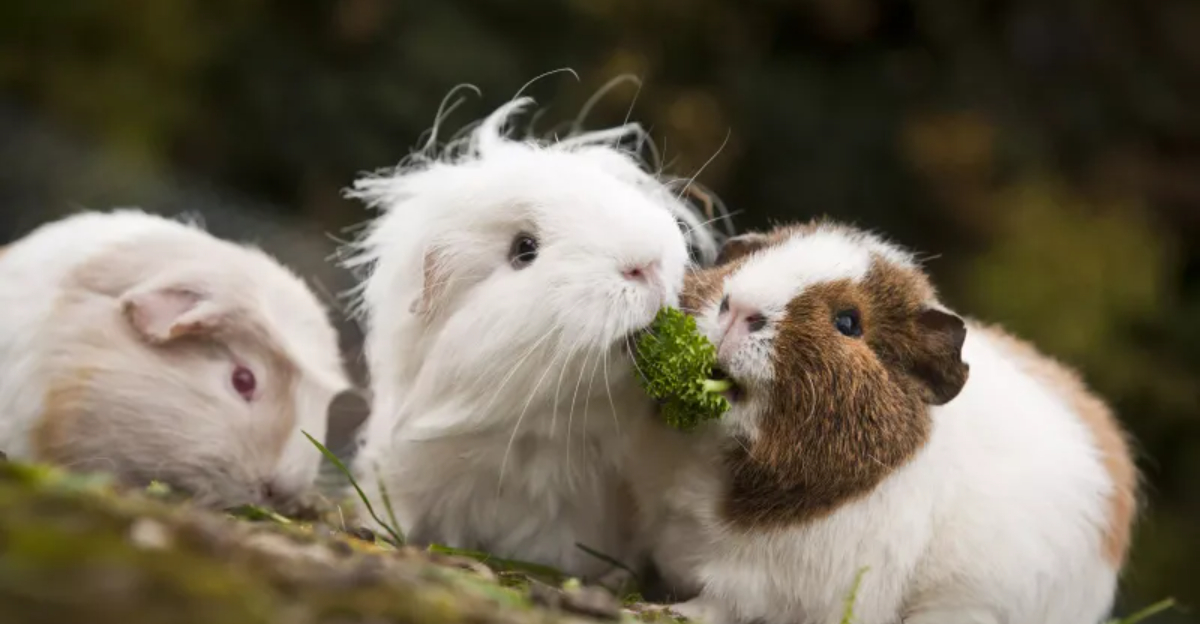
Did you know that guinea pigs are more sensitive to heat than humans? These adorable furballs can quickly overheat because they can’t sweat or pant effectively like other animals.
Understanding how temperature affects your piggy pal isn’t just helpful – it could save their life during hot weather!
1. The Danger Zone Starts At 78°F (25.5°C)
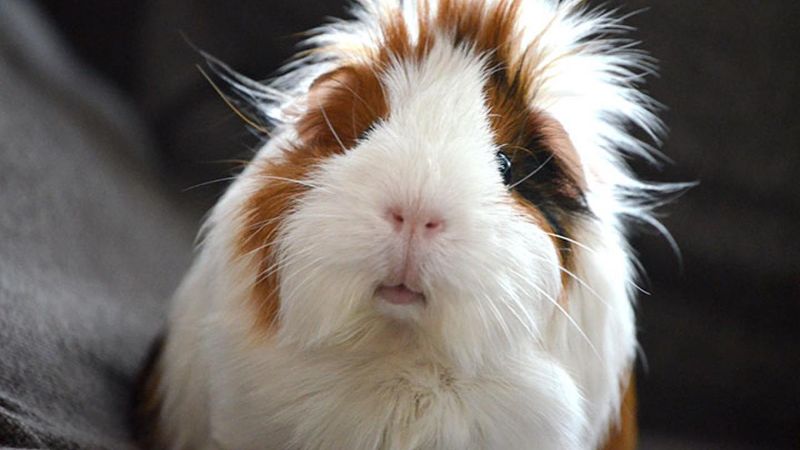
Once the thermometer hits 78°F, your guinea pig enters risky territory. Their tiny bodies start struggling to regulate temperature at this point.
While you might feel perfectly comfortable, your fuzzy friend is already beginning to feel the heat stress. Keep a close eye on them when temperatures climb this high.
2. Anything Above 85°F (29.4°C) Can Be Fatal
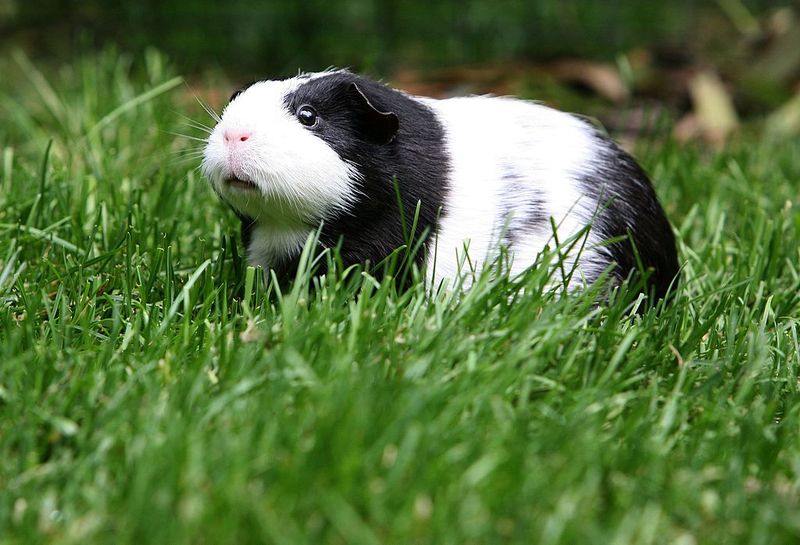
Temperatures exceeding 85°F create a life-threatening situation for guinea pigs. At this point, heatstroke becomes a real possibility.
Their natural habitat in the Andes mountains never gets this hot, leaving them poorly equipped for such warmth. Emergency cooling measures become essential to prevent fatality.
3. Humidity Makes Heat Worse For Piggies

Muggy days pack a double punch for your cavy friend. High humidity prevents the small amount of heat that guinea pigs can release through their ears and feet from escaping.
A seemingly tolerable 75°F day with 80% humidity can affect your pet just like a 85°F day with low humidity. Always factor in the humidity index!
4. Warning Signs Of Overheating Include Lethargy And Rapid Breathing
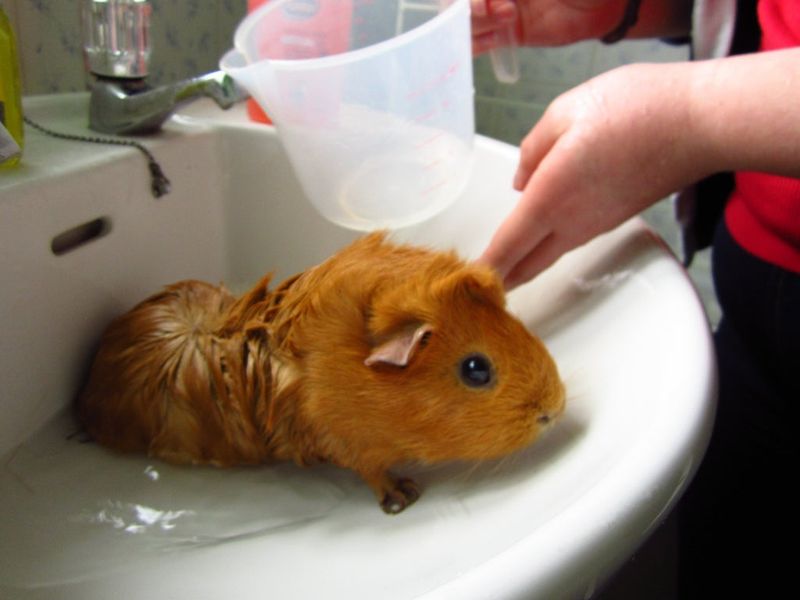
Your normally energetic piggy suddenly sprawling out flat and breathing quickly? That’s a red flag! Overheating guinea pigs often become unusually quiet and may refuse treats.
Other warning signals include warm ears, drooling, and confusion. Swift action is necessary when you notice these symptoms to prevent the situation from worsening.
5. Frozen Water Bottles Make Excellent Cooling Tools
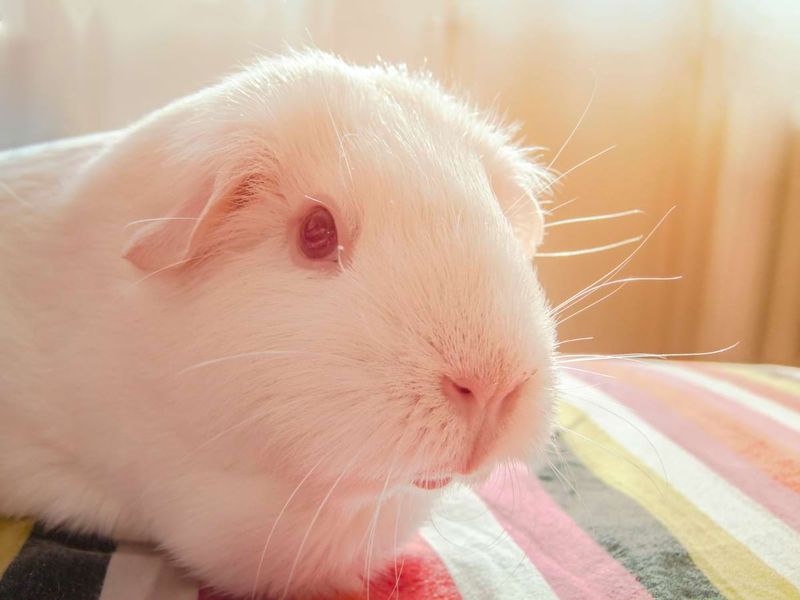
Wrap a frozen water bottle in a thin towel and place it in your piggy’s cage. They’ll naturally lean against it when feeling warm.
Many guinea pigs instinctively know to use this cool surface to regulate their body temperature. Replace the bottle when it thaws to provide continuous relief during hot spells.
6. Ceramic Tiles Provide Natural Cooling Spots
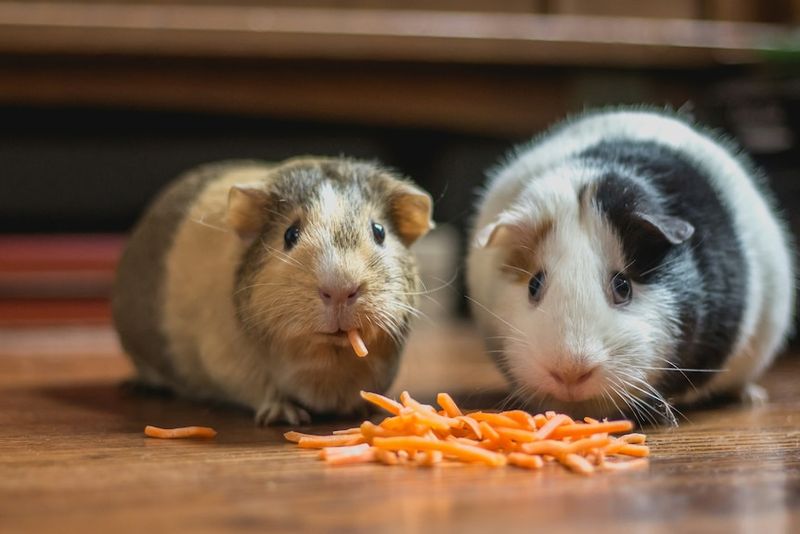
Unglazed ceramic tiles stay naturally cool even in warm environments. Place a few in your guinea pig’s habitat to create instant cooling stations.
Your furry friend will discover these cool surfaces and sprawl across them when feeling warm. It’s an affordable, reusable solution that requires no electricity or special preparation.
7. Direct Sunlight Is A Major No-No
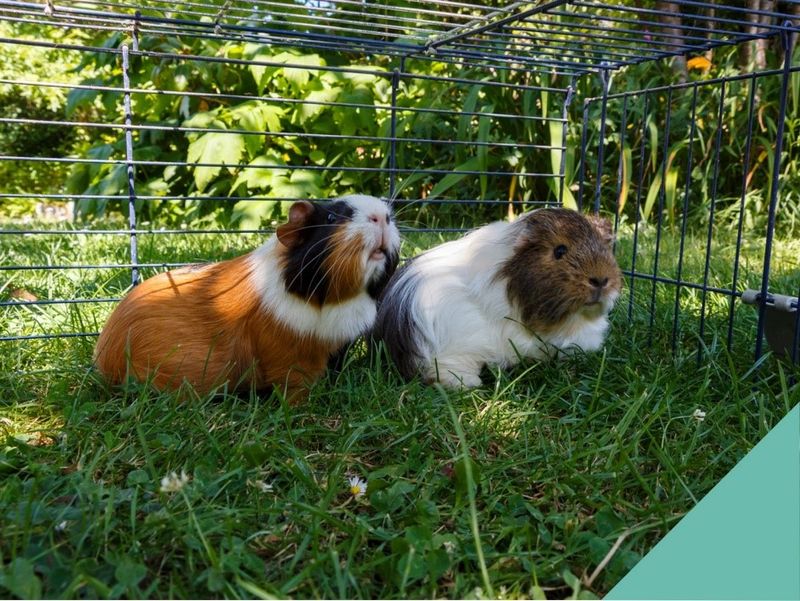
Never place your guinea pig’s cage in direct sunlight! The temperature inside can soar 10-15 degrees higher than the surrounding room, creating a dangerous greenhouse effect.
Even partial sun exposure can create hot spots in the cage. Keep their habitat in a consistently shaded area to prevent unexpected temperature spikes.
8. Fan Placement Matters For Effective Cooling
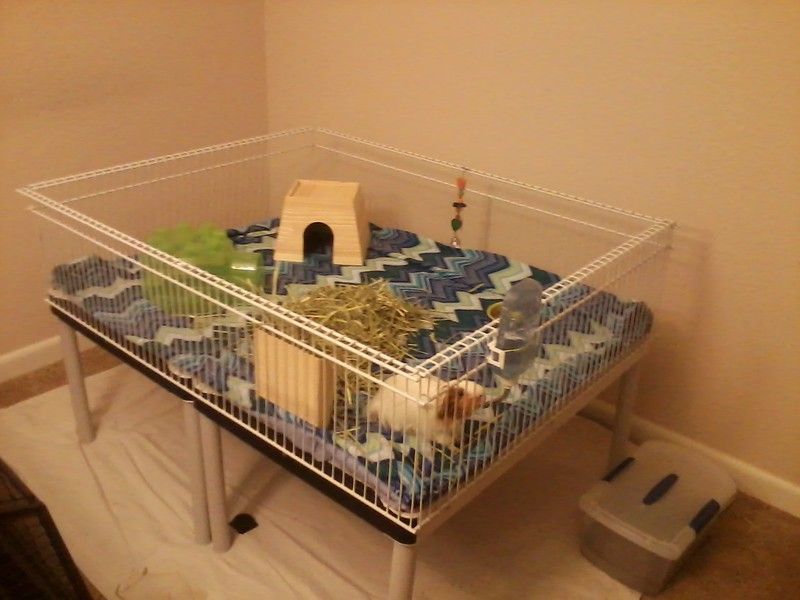
Fans help circulate air, but never point them directly at your guinea pig! This can actually stress them out and potentially cause respiratory issues.
Instead, position fans to move air around the room while avoiding direct airflow on their cage. This creates a cooler environment without the negative effects of wind chill on your sensitive pet.
9. Misting Their Ears Provides Quick Relief
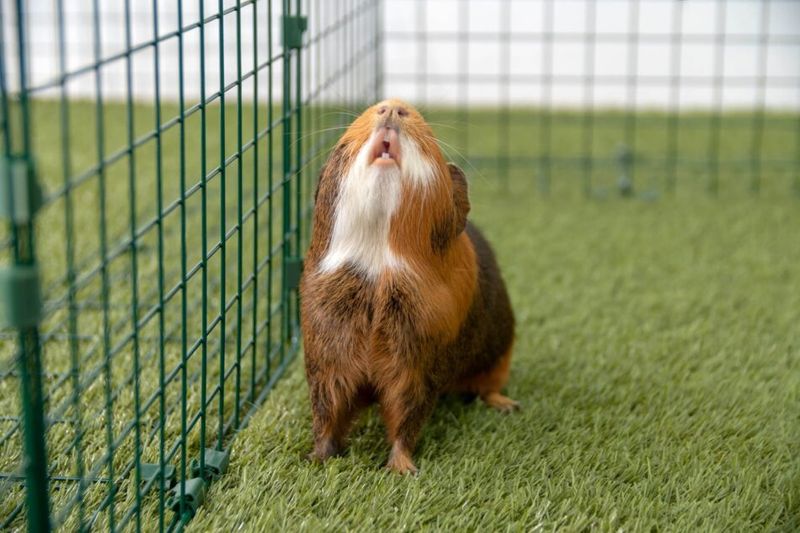
Guinea pigs release heat primarily through their ears. During hot spells, lightly mist their ears with room-temperature water for immediate cooling.
Use a clean spray bottle set to a fine mist. This technique works wonders during heat emergencies, but avoid getting water in their eyes or soaking their fur completely.
10. Vegetables With High Water Content Help Hydration

Cucumber slices and watermelon chunks aren’t just tasty treats – they’re hydration helpers! These water-rich veggies provide extra fluid intake during hot weather.
Refrigerate (don’t freeze) these treats before serving for an extra cooling effect. Just remember to offer these high-sugar fruits in moderation to prevent digestive upset.
11. Air Conditioning Isn’t Always Necessary
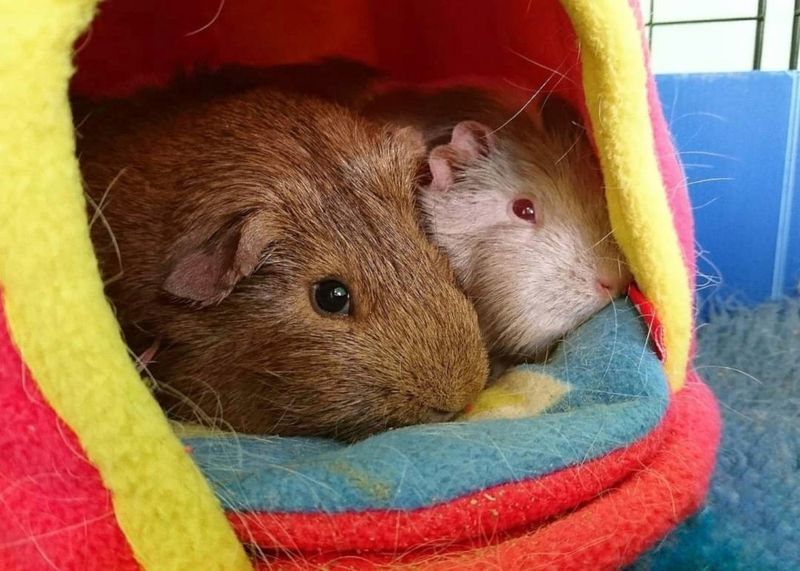
Good news for your electric bill – guinea pigs don’t always need air conditioning! With proper cooling techniques, they can handle temperatures up to 78°F comfortably.
Focus on air circulation, shade, and providing cooling surfaces. However, during extreme heat waves, temporary air conditioning or moving them to a cooler location becomes essential for their safety.
12. Wet Towels Over Cages Drop Temperature Significantly

Amazing temperature hack: drape a damp (not soaking) towel over part of the cage top. As water evaporates, it creates a natural cooling effect that can lower the internal temperature by several degrees.
Ensure proper ventilation remains on the uncovered portions. Refresh the towel when it dries out for continuous cooling throughout hot days.
13. Overweight Piggies Have Higher Heat Risk
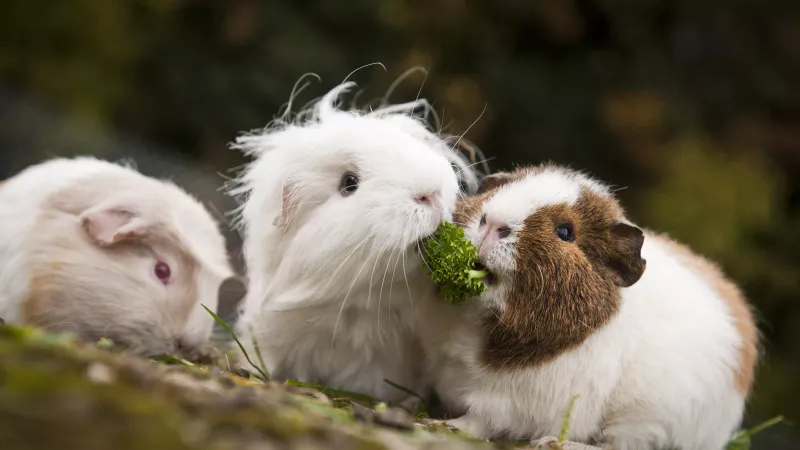
Those extra ounces act like an insulating blanket your guinea pig can’t remove! Chubby cavies struggle more in hot weather because fat tissue retains heat and reduces cooling efficiency.
If your piggy is carrying extra weight, be especially vigilant during warm weather. Maintaining a healthy weight through proper diet and exercise creates natural heat resistance.
14. Travel With Guinea Pigs Requires Extra Cooling Precautions
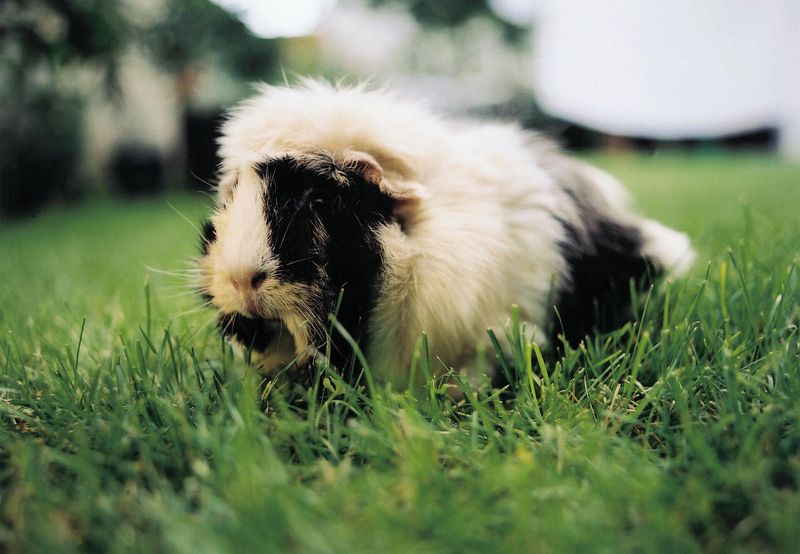
Car interiors can become deadly hot boxes in minutes! Never leave your guinea pig in a parked vehicle, even with windows cracked.
When traveling, use insulated carriers with frozen ice packs (wrapped in towels) and a digital thermometer to monitor temperature. Schedule trips during cooler morning or evening hours whenever possible.

